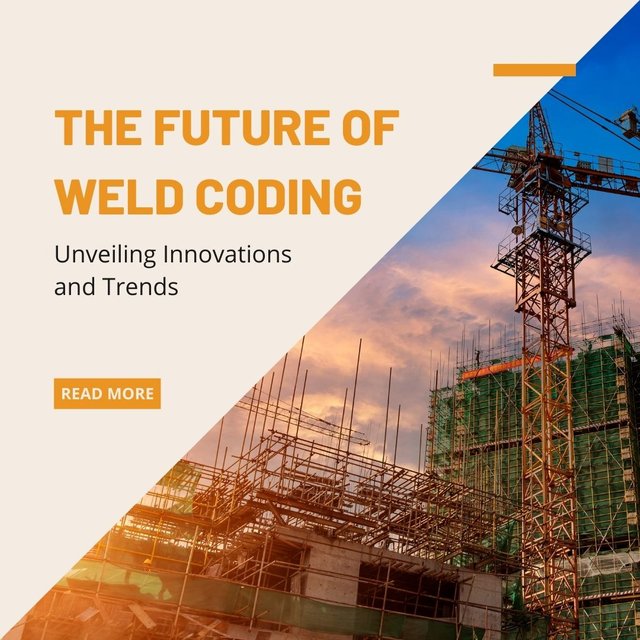The Future of Weld Coding: Unveiling Innovations and Trends
As industries continue to evolve and technological advancements shape the landscape of welding, the future of weld coding is set to undergo significant transformations. Weld coding, the process of assigning unique identifiers to welds for tracking and quality control purposes, plays a crucial role in ensuring the integrity and reliability of welded structures and components. In the coming years, several innovations and trends are poised to revolutionize the way weld coding is approached and executed.
One of the key trends shaping the future of weld coding is the adoption of digitalization and automation technologies. Traditional methods of weld coding often rely on manual processes, which can be time-consuming, error-prone, and labor-intensive. However, advancements in digitalization, robotics, and artificial intelligence (AI) are enabling the automation of weld coding tasks, streamlining workflows, and improving efficiency. Automated weld coding systems can generate unique identifiers, record weld data, and track welds throughout the fabrication process, reducing the risk of errors and ensuring accuracy and consistency in coding.
Another trend driving the future of weld coding is the integration of advanced data analytics and predictive maintenance capabilities. By leveraging data collected from weld coding systems, manufacturers can gain valuable insights into weld quality, performance, and longevity. Analyzing this data can help identify trends, patterns, and anomalies in weld behavior, allowing for proactive maintenance and optimization strategies. Predictive maintenance algorithms can detect potential issues before they escalate, minimizing downtime, reducing costs, and maximizing productivity.
Furthermore, the future of weld coding will see increased emphasis on traceability, quality assurance, and compliance with industry standards and regulations. Weld coding techniques such as laser engraving, RFID tagging, and barcode labeling will enable manufacturers to trace individual welds back to their origin, track material usage, and verify weld quality and integrity. This level of traceability not only enhances product safety and reliability but also ensures compliance with stringent industry standards and regulations.
In addition to technological advancements, the future of weld coding will be shaped by the adoption of innovative materials and welding processes. As industries explore new materials and alloys to meet the demands of modern applications, weld coding techniques will need to adapt to accommodate these changes. Advanced welding processes such as friction stir welding, laser welding, and electron beam welding present unique challenges and opportunities for weld coding, requiring innovative approaches and techniques to ensure effective identification and tracking of welds.
Ultimately, the future of weld coding holds great promise for manufacturers seeking to improve efficiency, quality, and compliance in their welding operations. By embracing digitalization, automation, data analytics, and innovative materials and processes, manufacturers can unlock the secrets of weld coding and stay ahead of the curve in an ever-evolving industry landscape. Weld coding techniques will continue to evolve and adapt to meet the needs of modern manufacturing, driving advancements in weld quality, reliability, and performance for years to come.
